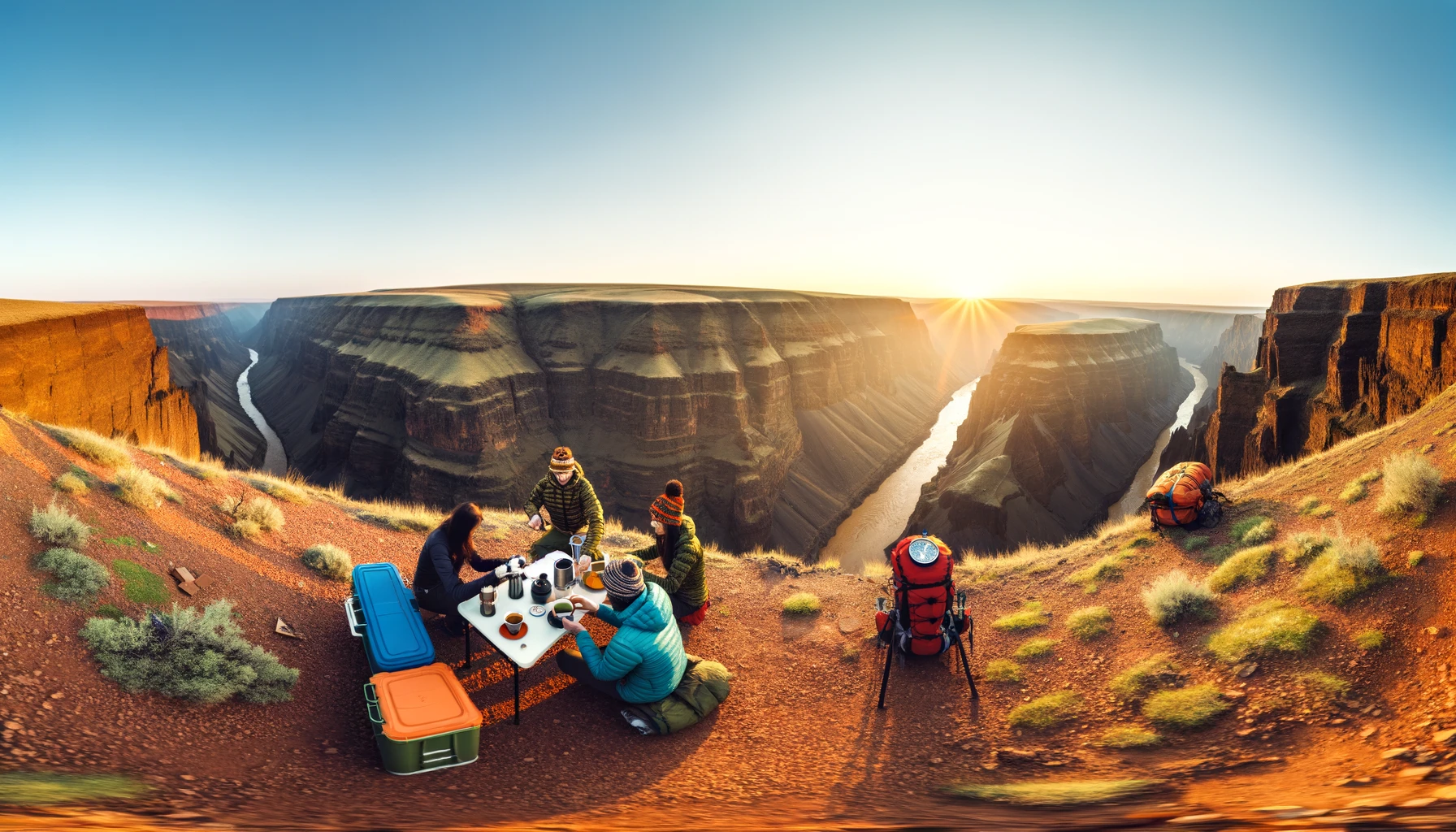Tea and Adventure: Stories of Explorers and Their Travels with Tea

Tea has long been a traveler’s companion, a piece of home to carry into the unknown. Its warmth and comfort have traversed mountains, crossed seas, and been a part of adventures spanning the globe.

We’d like to share the stories of explorers whose travels with tea have become legendary, symbolizing not just the physical journey but also the exploration of cultures, traditions, and personal growth.
The Silk Road: The Path of Tea to the World
The Silk Road, a network of trade routes connecting the East and West, was pivotal in the spread of tea from China to the rest of the world. Travelers and traders, venturing into the unknown, carried tea leaves as precious cargo, introducing this cherished beverage to new lands. Marco Polo, in his travels to China, marveled at the tea culture he witnessed, bringing back tales that fueled Europe’s fascination with the exotic East and its treasures, among them, tea.
Robert Fortune: The Tea Thief Who Changed History
In the mid-19th century, the British East India Company sent botanist Robert Fortune on a covert mission to China to steal tea plants and secrets of tea production. Disguised as a Chinese merchant, Fortune traveled through China’s tea regions, successfully smuggling thousands of tea seeds and plants, as well as knowledge of tea cultivation, back to India. His daring adventure laid the foundation for India’s tea industry, transforming global tea trade dynamics.
The Boston Tea Party: A Revolution Brewed with Tea
The Boston Tea Party was a pivotal moment in American history, where tea became a symbol of protest and rebellion. In 1773, American colonists, disguised as Mohawk Indians, boarded British ships in Boston Harbor and threw 342 chests of tea overboard. This act of defiance against the British tea tax was a significant step towards the American Revolution, illustrating tea’s role not just as a commodity, but as a catalyst for change.
Sir Edmund Hillary and Tenzing Norgay: Tea on Top of the World
The conquest of Everest by Sir Edmund Hillary and Tenzing Norgay in 1953 is a story of extraordinary adventure and human triumph. Amid the harsh and unforgiving conditions of the highest mountain on Earth, tea played a small but comforting role. Reports say that they shared a cup of tea at the summit, a moment of camaraderie and warmth in the cold, thin air, showcasing the simple pleasure of tea in even the most extreme circumstances.
Tea with the Tuaregs: The Blue Men of the Sahara
The Tuareg people of the Sahara, often called the “Blue Men of the Sahara” for the indigo dye of their garments, have a rich tea culture that is integral to their nomadic lifestyle. Travelers through the Sahara have been welcomed into Tuareg tents to share tea, prepared over an open fire in a ritual that involves three servings, each with a distinct taste and meaning. This tradition of hospitality and shared tea offers a poignant glimpse into the ways tea can bridge cultures and forge connections.
Tea, a Traveler’s Constant Companion
These stories highlight tea’s remarkable journey across continents, cultures, and epochs. From the espionage of Robert Fortune to the defiant act of the Boston Tea Party, from the heights of Everest to the vastness of the Sahara, tea has been a constant companion to travelers and explorers, offering comfort, warmth, and a sense of connection to home and to each other. Tea and adventure are inextricably linked, each cup a testament to the journeys, both literal and metaphorical, that shape our world.
Leave a Reply